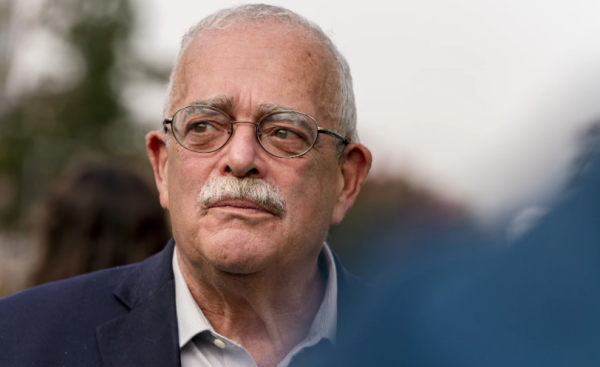Virginia considers reducing SOL testing
Recent debate regarding the reduction of the number of “Standards of Learning” required by Virginia has been sparked by two local delegates, Republican Thomas Greason of Loudon and Democrat Rob Krupicka of Alexandria.
Both delegates introduced bills that would not only cut the number of tests, but also direct school boards and the Board of Education to develop alternate assessments which would be designed to reflect more advanced skills.
These proposed bills would cut the number of tests students are required to take throughout their entire public education by as much as eight- from 34 to 26.
According to the Washington Post, reform is supported by nearly all of the state’s major education associations.
And this idea of test alteration is not limited to Virginia.
In Texas last year, the legislature moved to reduce the number of tests high school students are required to take at the end of the year from 15 to five in response to increased activism amongst parents and educators. In Seattle, a mandatory standardized test was made optional for high school students after teachers organized a boycott against it.
However, Virginia Board of Education president David Foster believes that standardized tests provide essential liability and should not be limited.
“We think SOLs have had a very beneficial effect,” Foster said. “They ensure that a rich and rigorous curriculum is taught throughout the state to ensure accountability.”
History and economics teacher Stephen Brown agrees with Foster.
“There has to be some sort of accountability,” Brown said. “It’s in all work forces these days.”
In a recent column published in the Richmond Times-Dispatch, Foster cites that since the institution of SOLs, national scores have risen on tests such as the SAT and ACT, and graduation rates have also seen an increase.
“By many measures the SOL approach has been beneficial,” Foster said. “The scores I mentioned have all been increased in recent years in Virginia, and graduation rates are now almost at 90 percent.”
Foster suggests that local school boards utilize the idea of substitute tests.
“I’m sympathetic to the idea that there is too much testing,” Foster said. “Most of the complaints I hear are about the number of tests that students are taking, and the Board of Education would agree.”
Substitute tests, which exist at the high school level, allow students to supplement their SOL tests with other tests, such as AP exams and several others.
Nonetheless, the federal government still requires numerous tests in order to assess national student and educator
performance.
“You do need some sort of standard by which you can determine how well all students are doing,” English teacher Laurence Ward said. “That’s hard to do from classroom to classroom, school to school, unless you have some sort of standardized testing approach.”












